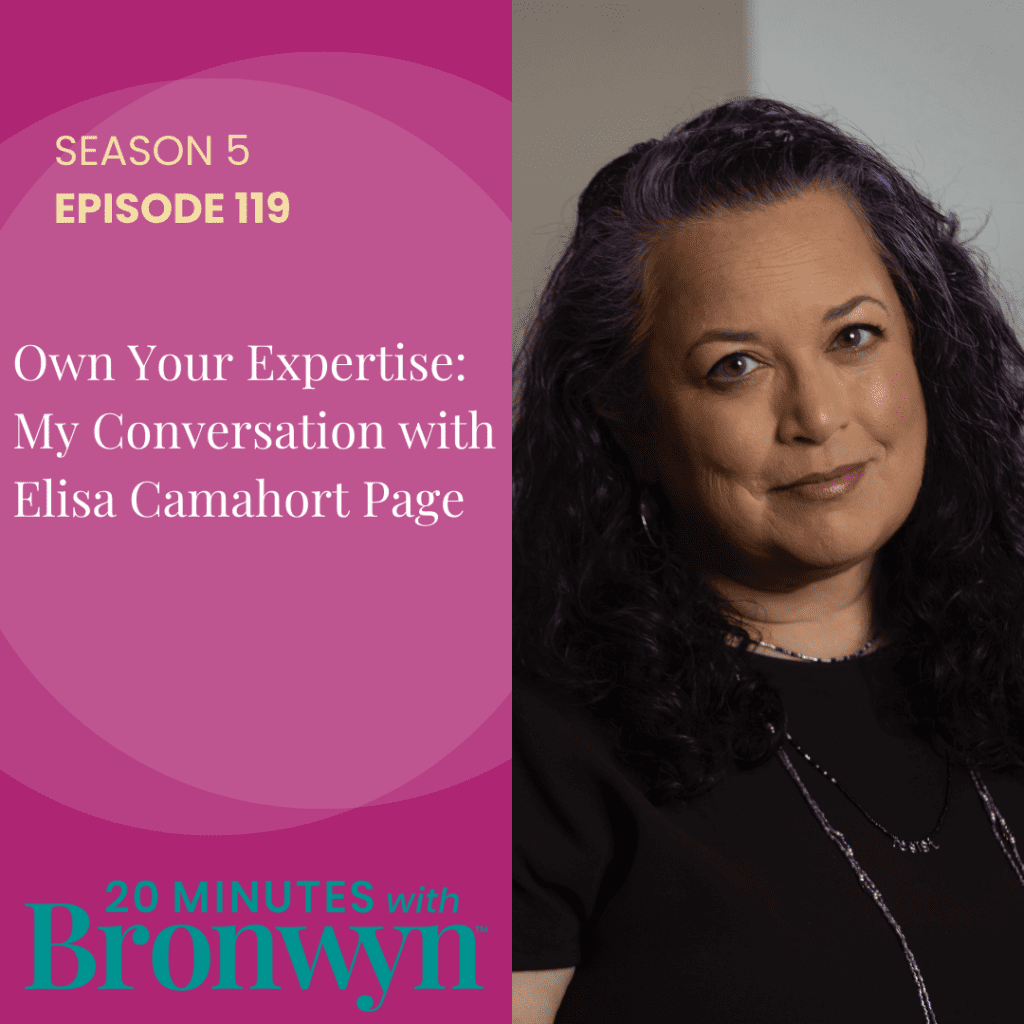
Thank you for a wonderful afternoon and a packed house! It was such fun to interact with you, and to hear your stories, your perspectives, and to see such active participation!! As promised, below are some key points from the presentation, in case they are helpful to you. Also, I wanted to address a very good question that came up during a one-on-one interaction I had during the breakout sessions. Someone asked, “how do we make a simple progress update interesting, when it’s a bunch of engineers sitting at the table? They don’t want pretty pictures.” (I may be paraphrasing here, but that was the gist of the question).
My answer is this: Good for you, for knowing what your audience doesn’t want! Remember, the single most important piece of advice I have for presenters is this: If you do nothing else, be of service to your audience. Meet their needs, whatever you do. If your audience needs a brief, concise, easy-to-remember description of what your team is up to, then give them exactly that. Sometimes the biggest gift we can give to an audience is the gift of their time. Just because an hour has been scheduled for a meeting, doesn’t mean we need to use it.
Ultimately, the trick is to meet the audience’s needs, and help them to remember what you’ve said. Sometimes that requires dazzling images that strike an emotional chord; sometimes it requires cutting to the chase as soon as humanly possible. If you don’t know what they want, ask. If they don’t tell you, go with your instincts, and clarify as you go… “is this what you were interested in hearing?” I hope that helps clarify a bit!
Without further ado, below are the key points, and also below are links to some great resources for those who want to go deeper into their presentation skill development.
Thank you again, for giving me so much of your time and attention. And PLEASE share your stories with me… are the tips helpful? Did they make a difference? My email is Bronwyn@bronwyncommunications.com.
Have fun and as my old boss, Chris Locchead, used to say, “Knock ‘em alive!”
B
***
Most presentations are… forgettable. Why?
- Because we turn them into “Word Documents” with pretty shapes and colors.
- They become “CYA” documents.
- We don’t have time to think creatively.
- We are only thinking about “what I want to say” and not “what does the audience need.”
5 rules for changing the game.
1. Honor how the mind works.
- Relevance – we need to know as an audience, almost instantly, how the information is relevant to us. How does it make our jobs easier? How does it make us smarter? If the person talking doesn’t establish this quickly and effectively, we tune out. Sound familiar? Most meetings drive us batty because within a few seconds, we sense very little relevance.
- Visuals – remember, VISION trumps all of the other senses. Think about how that impacts the way you present. And remember, visuals can be created by painting pictures with language.
- Novelty – resist the temptation to use tired, cliché images and metaphors. We tune into things that are unexpected. Make your presentations a “hand shake”-free zone when it comes to images implying “partnership.” Kill the “light bulb” image for “new idea!” J
- Emotion – to quote John Medina in his book, Brian Rules, “the brain remembers the emotional components of an experience better than any other aspect.” Don’t be afraid to use emotion as a means to imprint a message – are you trying to inspire? Excite? Terrify? (Nancy, that one’s for you;)
- Repetition – don’t forget to hit on your key points, and repeat them. This has a powerful impact on our ability to retain new information.
2. Ask the right questions:
- Remember… first, walk away from that computer! Turn off that cell phone! Create a “beginner’s mind” for yourself, if even for only a few minutes. It will help you approach the information from a place of empathy for your audience who may not be as intimately acquainted with your topic.
- What do I want them to feel? Do? Remember?
- What kind of experience do they need to have, given the goals above?
3. Practice restraint – not every experience is a PPT presentation. Remember, honor the needs of your audience FIRST. Practice using fewer words – embrace the power of the pause!
4. Be yourself – people don’t connect to speakers who come across as cold, untouchable, and intimidating. (If you’re saying to yourself, “what if I AM cold and intimidating?” To you I say: the real YOU is neither of those things. Your coping mechanism may be to put up that kind of front, but that’s not the real you. Take a risk. Show us who you really are.)
5. Listen – watch your audience closely, and notice where you lose them, or notice where they’re engaged. Connect and check in frequently to suggest interaction and discussion. Encourage interaction. There is no greater compliment than audience participation (within reason of course. Don’t let people take you into off on tangents that leave the realm of “relevance.” Gently say, “That’s an important point, and we can discuss that offline. For today’s purposes, I’d like to focus on X.”)
Resources:
- Brain Rules, John Medina – I’m obsessed with what the brain can do, and how it learns. As the USA Today reported, “the words literally jump off the page.”
- Creative Commons, Flickr – Free photos, attribution required for most
- iStockphoto – very reasonably priced images, and gorgeous quality.
- A Whole New Mind: Moving From the Information Age to the Conceptual Age – a fascinating book written by Daniel Pink, who is a FANTASTIC speaker. In fact, here’s a clip from him presenting at TED. This is one of my new favorite TED talks, and a great one to watch while you’re scarfing down lunch someday.
- Slide:ology, Duarte Design’s Blog – the BIBLE of slide design.
- Presentation Zen, Garr Reynolds – one of the best books on presentation that exist, and his blog is just as good.
- Ted Conference Website and Blog – anytime you’re presenting, this is a treasure trove of inspiration. HERE are Ted’s “Commandments,” which lays out their basic rules for every presenter.
- Logic+Emotion, David Armano – just a great blog on design, digital, social web, all kinds of fun topics.
- Inside the Actors Studio – sometimes this is a great thing to tap into… reminds us of how people outside of our industry think.
- This American Life – by far, hands down, the all time greatest “story telling” show that exists today. It’s on NPR, I get it via podcast, and it blows me away each and ever episode. You will come to adore Ira Glass. Whenever I get stuck with dry content, I always ask myself, “what would Ira Glass do with it?” This invariably leads me in the right direction.
- WorldPulse, Global Issues through the Eyes of Women – a gorgeous collection of stories gathered from the furthest reaches of the world, through the eyes of women.















